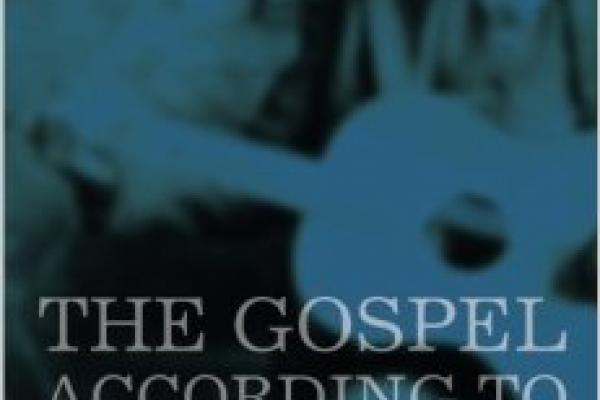AN OLD Buddy Guy song is titled “First Time I Met the Blues.” I don’t remember the first time I met the blues, but I do remember that I was captivated by the music. For many years now, two of my passions have been listening to blues and studying the Bible. Gary W. Burnett, a lecturer in New Testament at Queen’s University in Belfast, Northern Ireland, and an amateur blues guitarist, shares those passions. This book, he writes in the introduction, is his attempt “to combine in some ways these two passions and to be able to reflect on Christian theology through the lens of the blues.” He succeeds with a well-crafted synthesis of U.S. history, African-American history, the blues, and New Testament scholarship.
Blues music is one of the great contributions of African-American culture to the U.S. While rooted in the oppression of slavery and post-slavery Jim Crow, it speaks meaningfully to the experience of all people. It’s a music that grabs your soul and won’t let go. And Jesus’ Sermon on the Mount is central to his message of life in the coming and present kingdom of God. It can also grab your soul and not let go. By juxtaposing blues lyrics with passages from the Sermon, Burnett shows the common themes that emerge.
Read the Full Article

